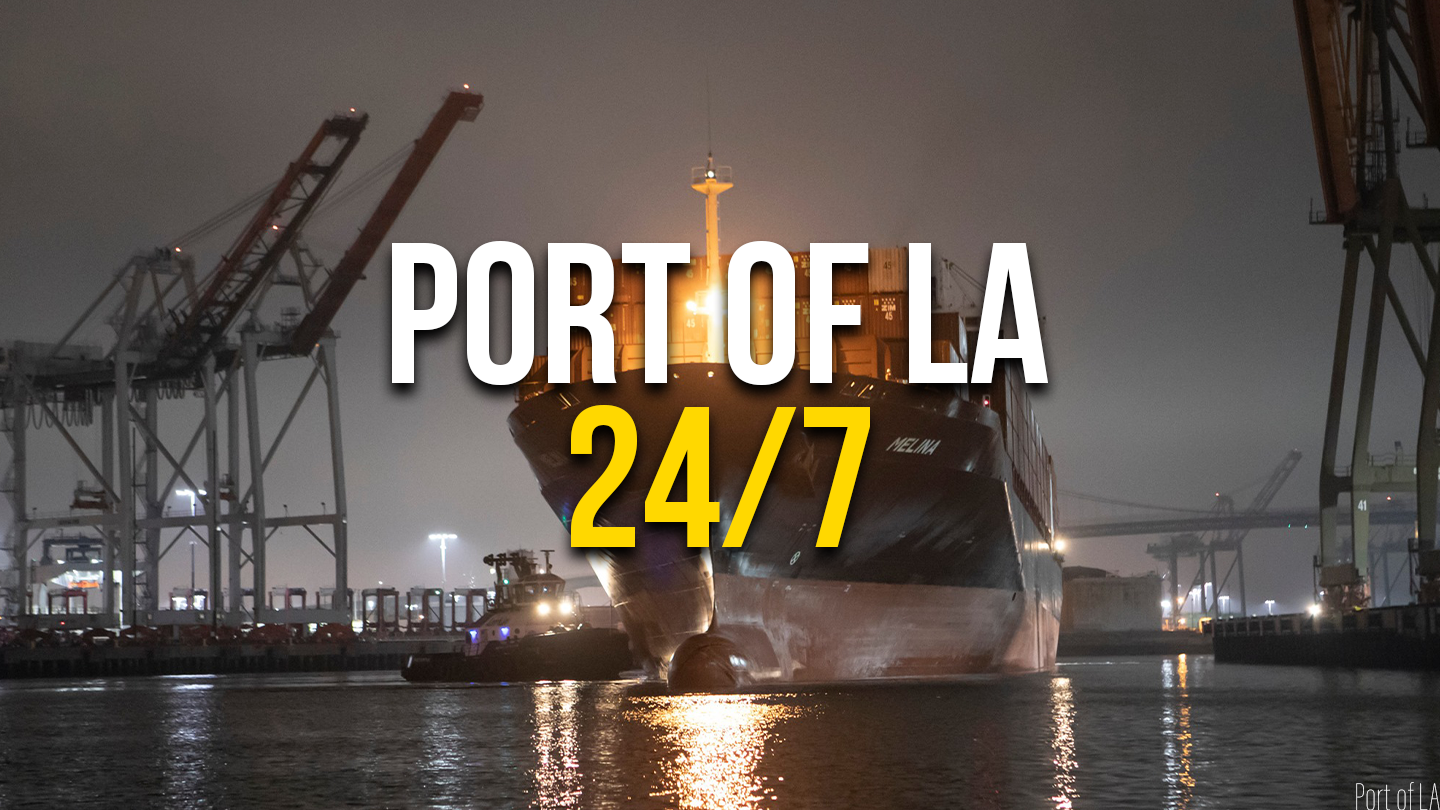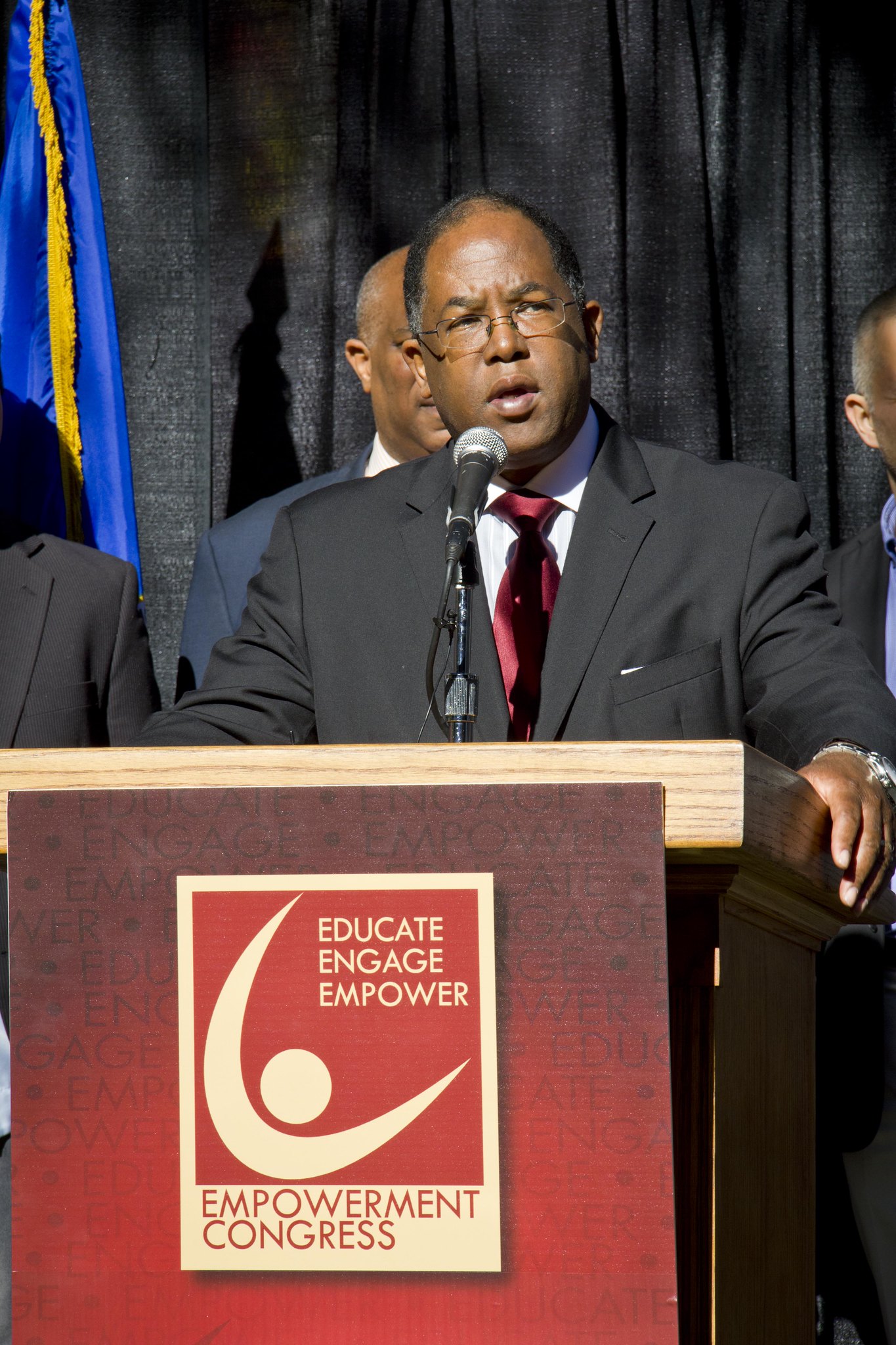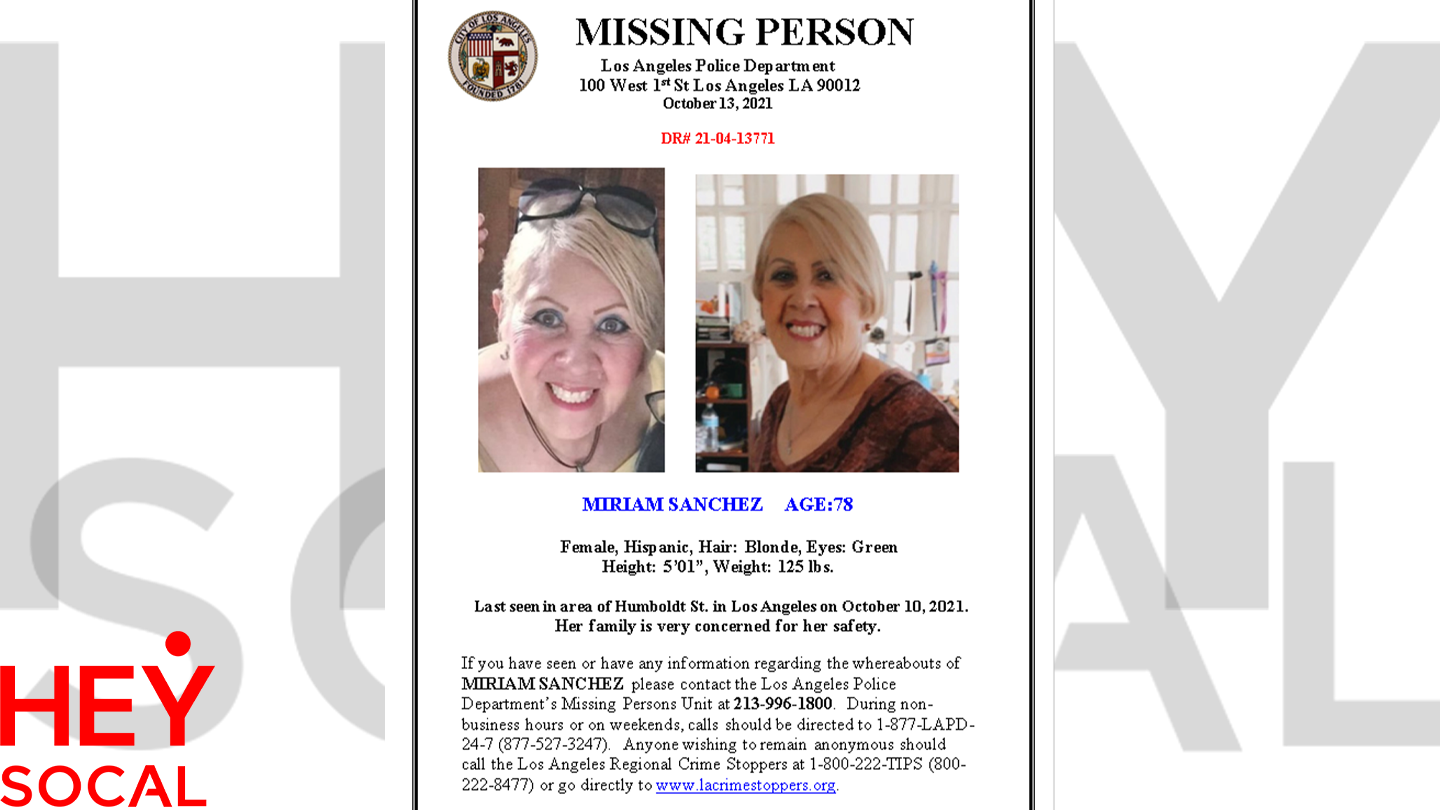Port of Los Angeles Executive Director Gene Seroka said Thursday that a timeline for the port to begin 24/7 operations was not clear and would depend on collaboration between the port’s longshore workers, truck drivers and the more than 125,000 companies that import cargo through the port every year.
“It’s not a single lever we can pull today to open up all the gates, but what we’re doing is trying to squeeze every minute, every hour of efficiency out of this port complex that we can, sharing information, building on those strong decadeslong relationships, and with the strength of the federal government behind this, the work here will be fast; it has to be,” Seroka said. “There’s no timeline when suddenly we will wake up and everything will be 24/7,” he added.
President Joe Biden announced Wednesday that the port will begin operating 24 hours a day, seven days a week as part of a push from the White House to clear supply chain disruptions threatening the holiday shopping season and slowing the nation’s economic recovery from the coronavirus pandemic.
Major shippers and retailers, including Walmart, FedEx, UPS, Samsung, The Home Depot and Target, have agreed to speed up operations to clear cargo out of the ports and free up more space on the docks.
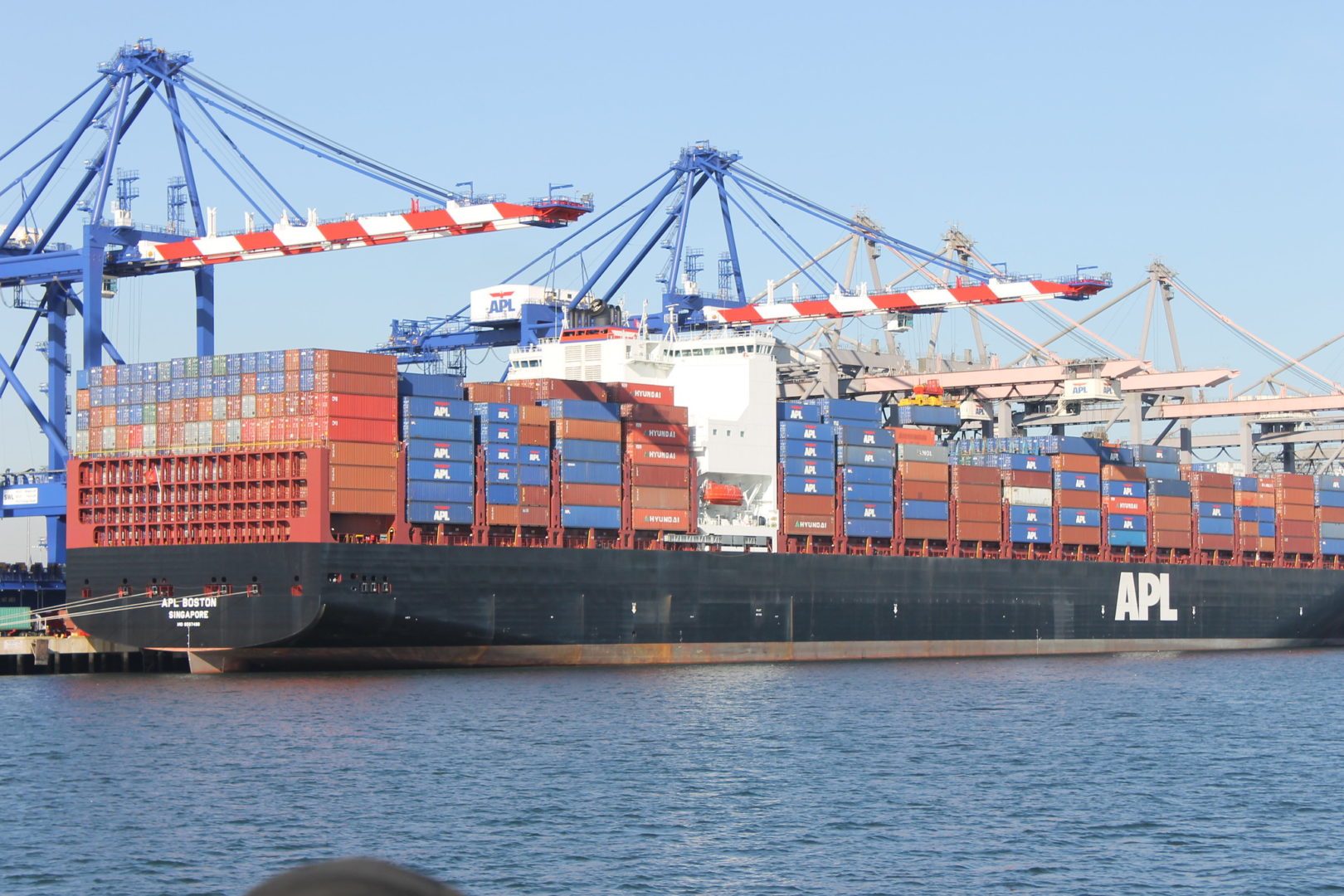
The Port of Los Angeles will nearly double the number of hours that cargo is transferred from container ships offshore to delivery trucks as crews work through the night. The International Longshore and Warehouse Union members will fill the extra shifts, according to the White House.
READ MORE: Budget for Port of LA includes 42.5% increase for capital improvements
The goal is to process and unload 3,500 extra containers during the night each week.
Round-the-clock operations were already in effect at the Port of Long Beach. The two ports are responsible for about 40% of all imports into the United States.
On Thursday, there were 16 ships inside the Port of Los Angeles and 31 waiting in the San Pedro Bay. Another 31 ships were waiting to enter the Port of Long Beach. The current wait time for the ships is about 12 days, Seroka said.
“My Administration is working around the clock to move more goods faster and strengthen the resiliency of our supply chains,” Biden tweeted Wednesday morning.
U.S. Port Envoy John Porcari, who was appointed in August to the Supply Chain Disruption Task Force, noted the importance of the Biden Administration’s focus on the San Pedro Bay ports.
“For the president of the United States to be focused on activity at your port, the goods movement chain in general, is really unprecedented and that really shows the direct link between our nation’s economy and the goods movement chain, which starts with our ports,” Porcari said.
“Over the last several weeks we’ve secured commitments from some of the largest of those cargo owners to move to a 24/7 distribution model. That really helps the nation, it helps clear the docks and I think all of us know it’s certainly been clear from conversations over the last several weeks that as a nation, we need to move to a 24/7 supply chain,” he added.
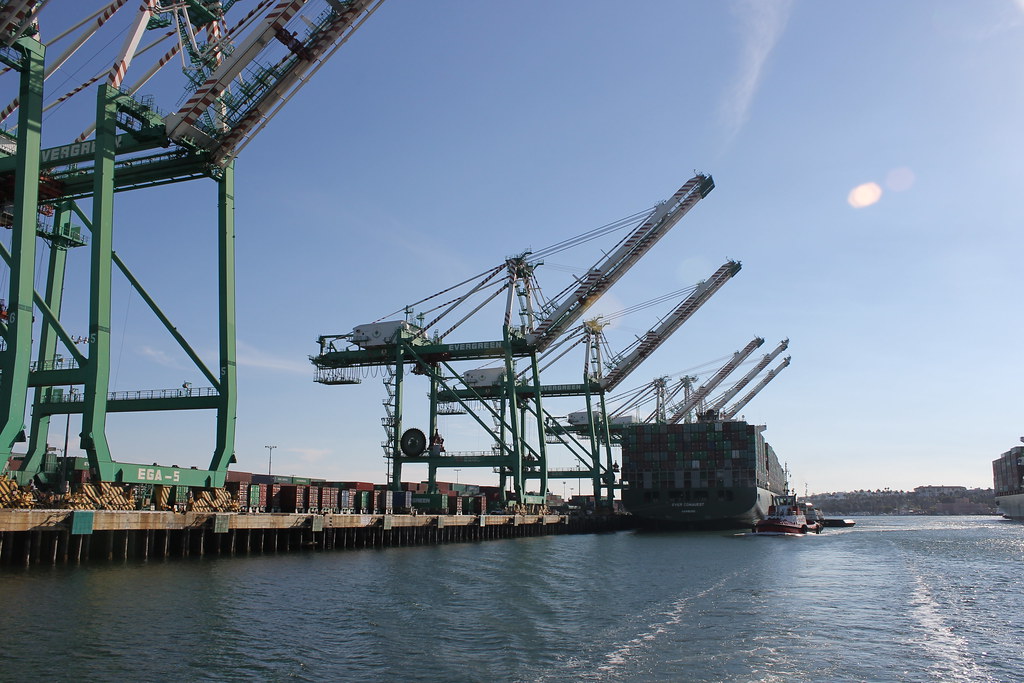
White House officials, including Vice President Kamala Harris, discussed the agreement during a private virtual roundtable conference Wednesday that included industry executives such as Los Angeles Port Executive Director Gene Seroka and Long Beach Port Executive Director Mario Cordero. That discussion focused on other steps needed to improve the flow of goods, including efforts to recruit and retain more long-haul truck drivers, a shortage of which has been a major blow to the nation’s supply chain.
READ MORE: Port of LA export hit lowest since 2005, while imports surge
Cargo ships have been anchored offshore from the two ports for weeks. There were 58 container ships reported offshore as of Tuesday morning, down from a reported peak of 73 container ships offshore two weeks ago.
The Long Beach and Los Angeles ports are on track to reach new highs in container traffic this year, according to the White House. Through August, Los Angeles has moved 30% more and Long Beach over 20% more containers for U.S. exporters.
Seroka announced on Thursday that the port’s September cargo volume made it the port’s best September in its 114-year history. During the month, the port moved 898,941 20-foot equivalent units, up from 883,625 units. Seroka added that September’s numbers are estimates, as one vessel is still counting its cargo.
So far in 2021, the port has moved 8.172 million units, a 26.4% increase from 2020. Seroka attributes the surge to American consumer’s increase in buying. Exports, however, have decreased, and in September, it reached its lowest amount since 2002, with only 75,802 units exported through the port.
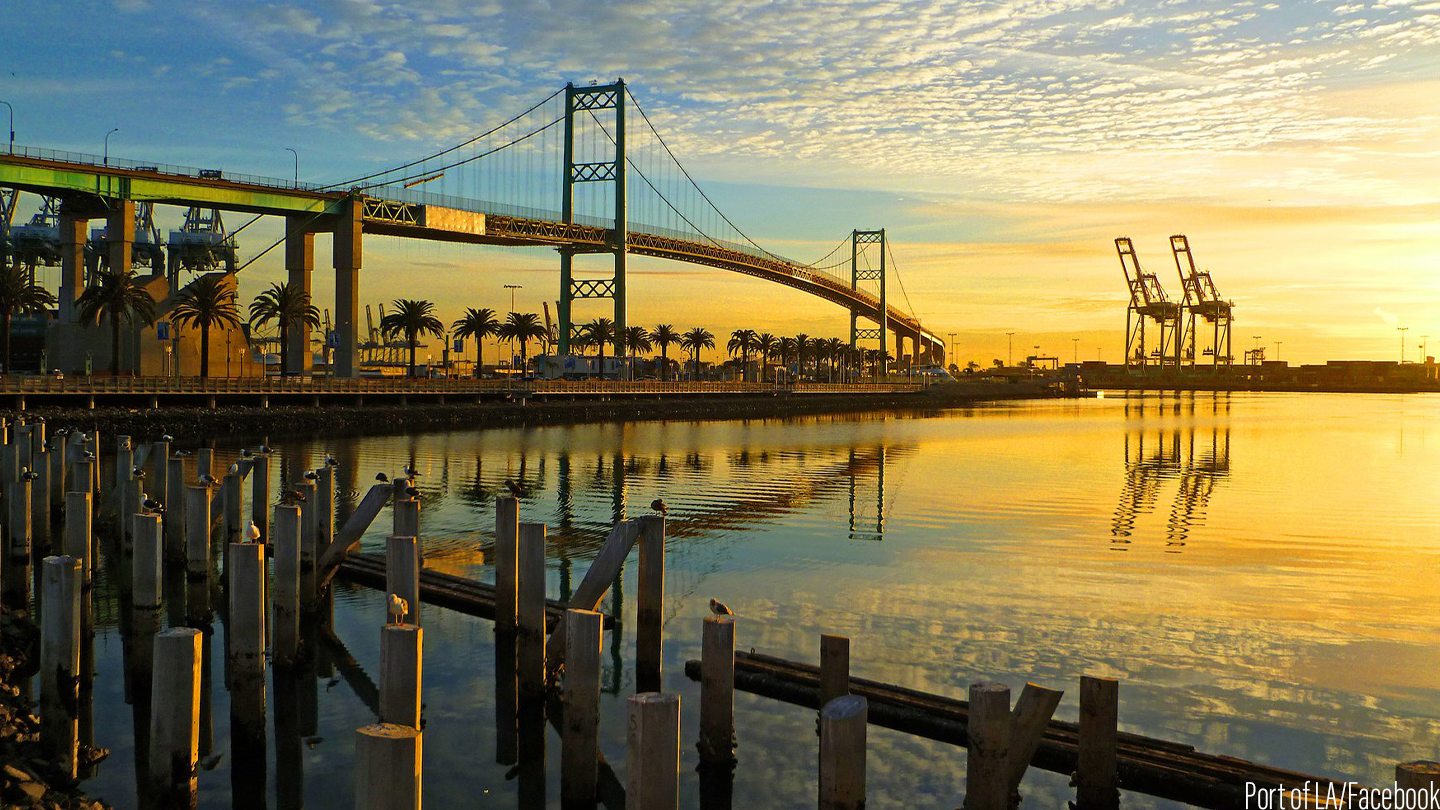
The commitments announced Wednesday include:
- Walmart committing to increase its use of nighttime hours and increase throughput by as much as 50% over the next several weeks.
- UPS committing to an increased use of 24/7 operations and enhanced data-sharing with the ports, which would allow it to move up to 20% more containers from the ports.
- FedEx committing to work to combine an increase in nighttime hours with changes to trucking and rail use to increase the volume of containers it will move from the ports. The changes could result in doubling the volume of cargo moved out of the ports at night.
- Samsung committing to move nearly 60% more containers out of the ports by operating 24/7 through the next 90 days.
- The Home Depot committing to move up to 10% additional containers per week during newly available off-peak hours at the Port of Long Beach and Port of Los Angeles.
- Target, moving about 50% of its containers at night, committing to increase that amount by 10% during the next 90 days to help ease congestion at the ports.

